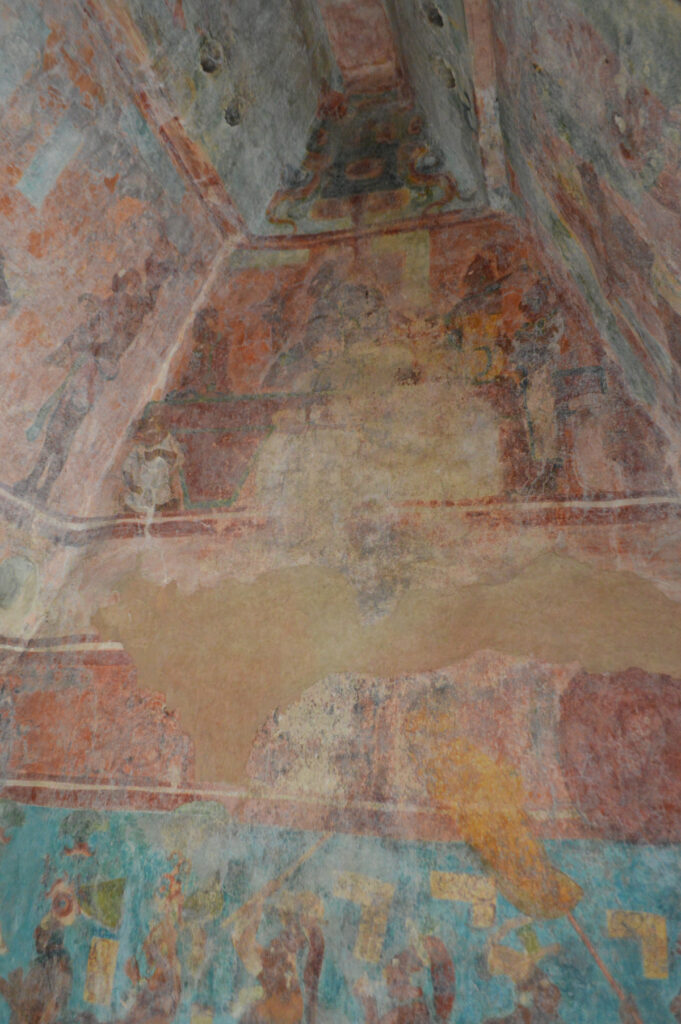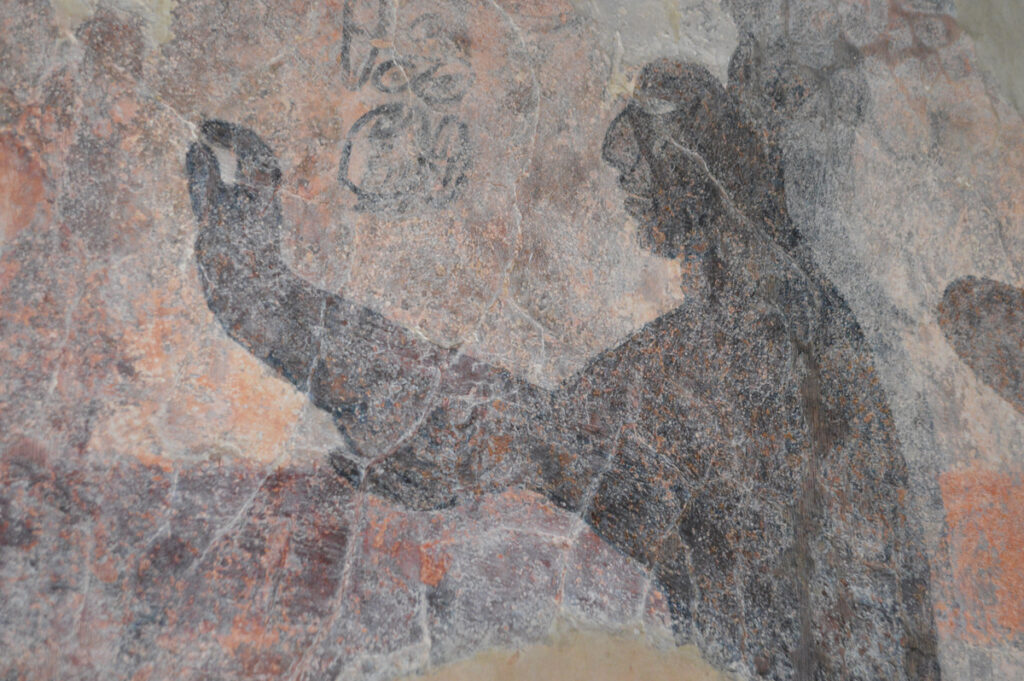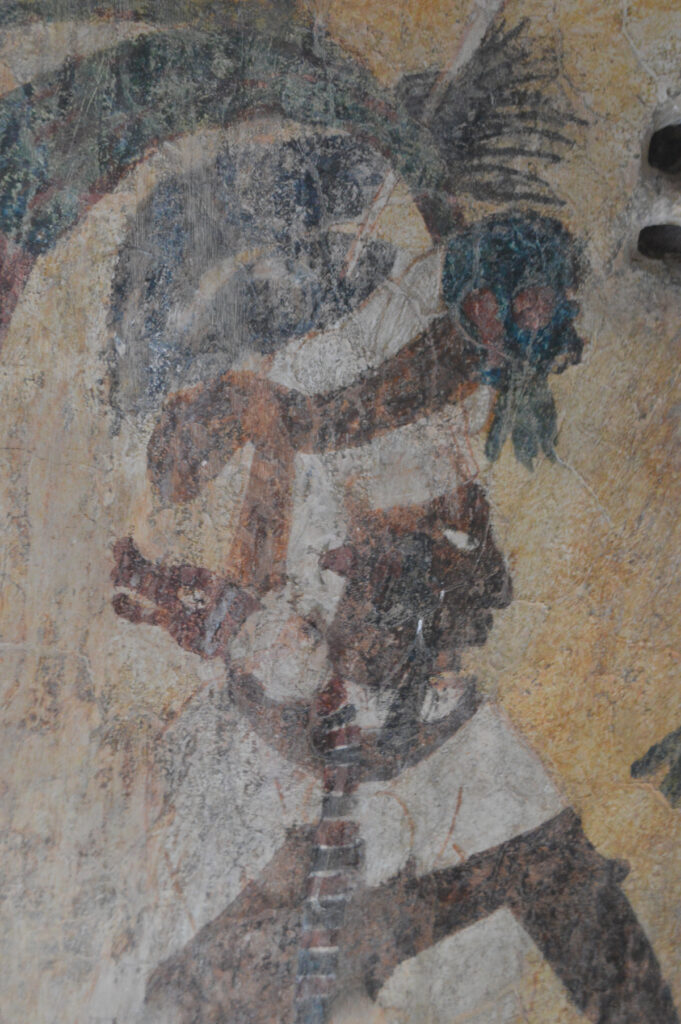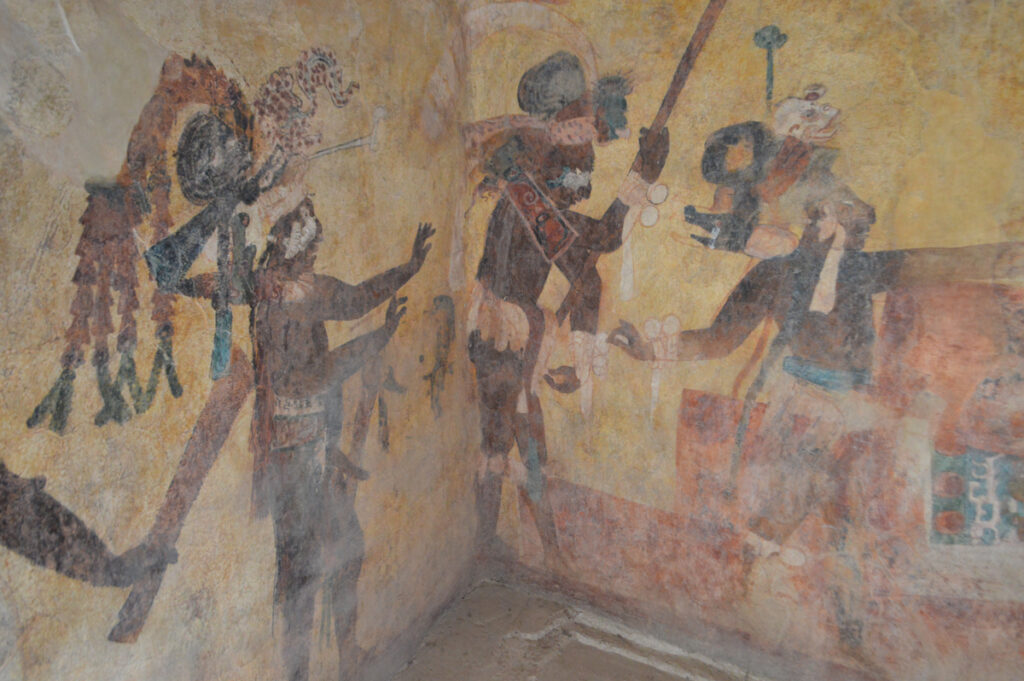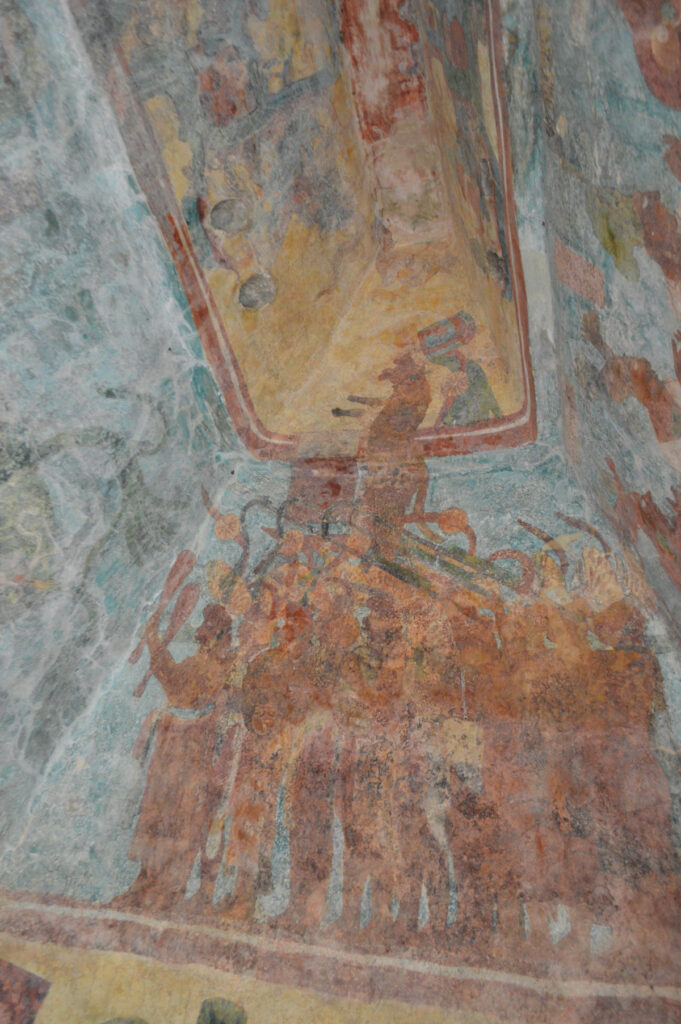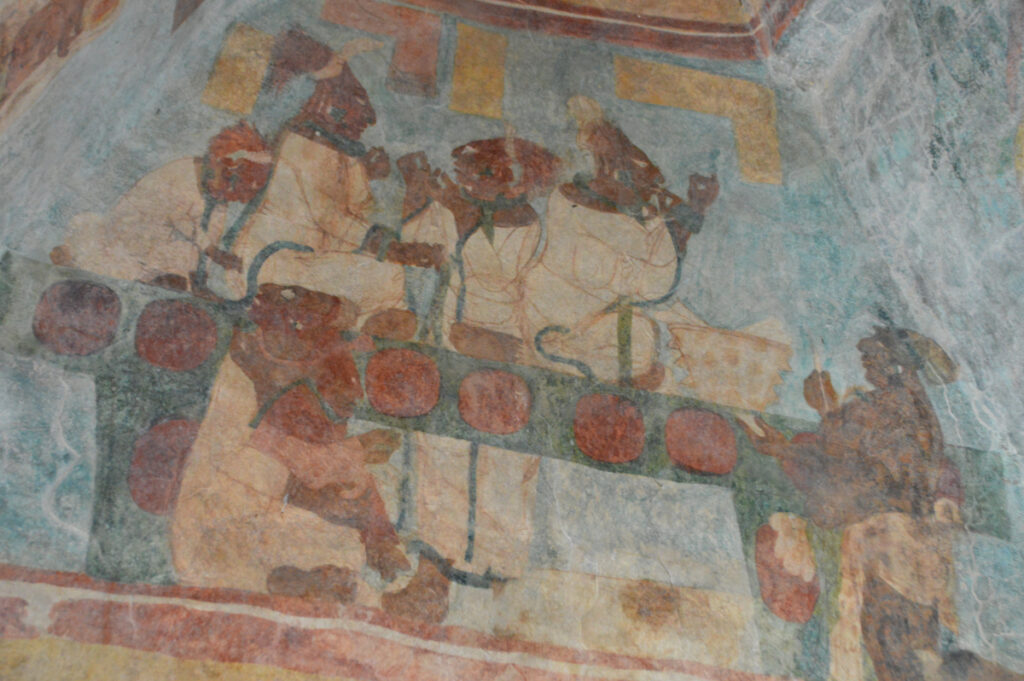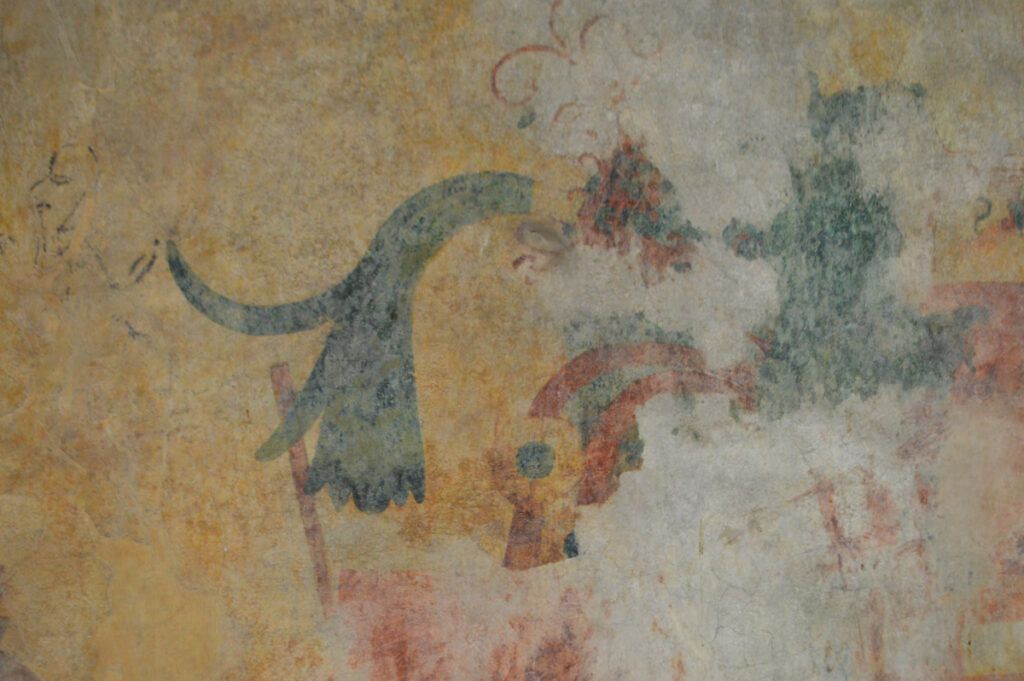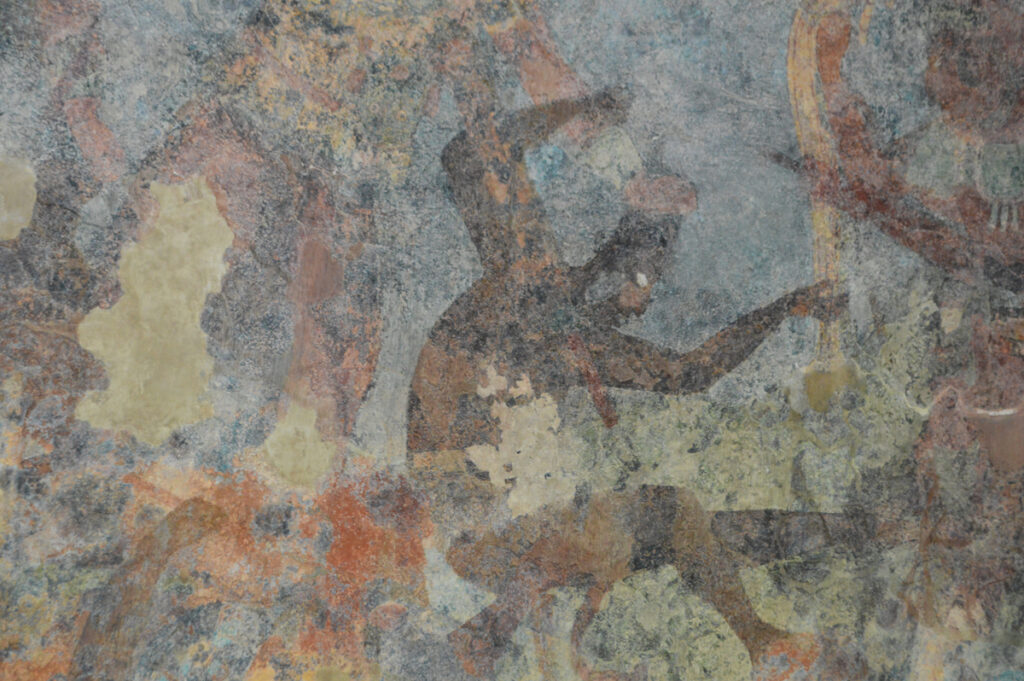THE LACONDON- LAST OF THE MAYA and BONAMPAK
Chiapas is home to one of the largest indigenous populations in the country, with ten federally recognized ethnicities each with distinctive languages.
The Lacandón or “True People” are Mayan Indians living primarily near the Mexico-Guatemala border, though some Lacandón may live in Belize across the eastern border of Guatemala.
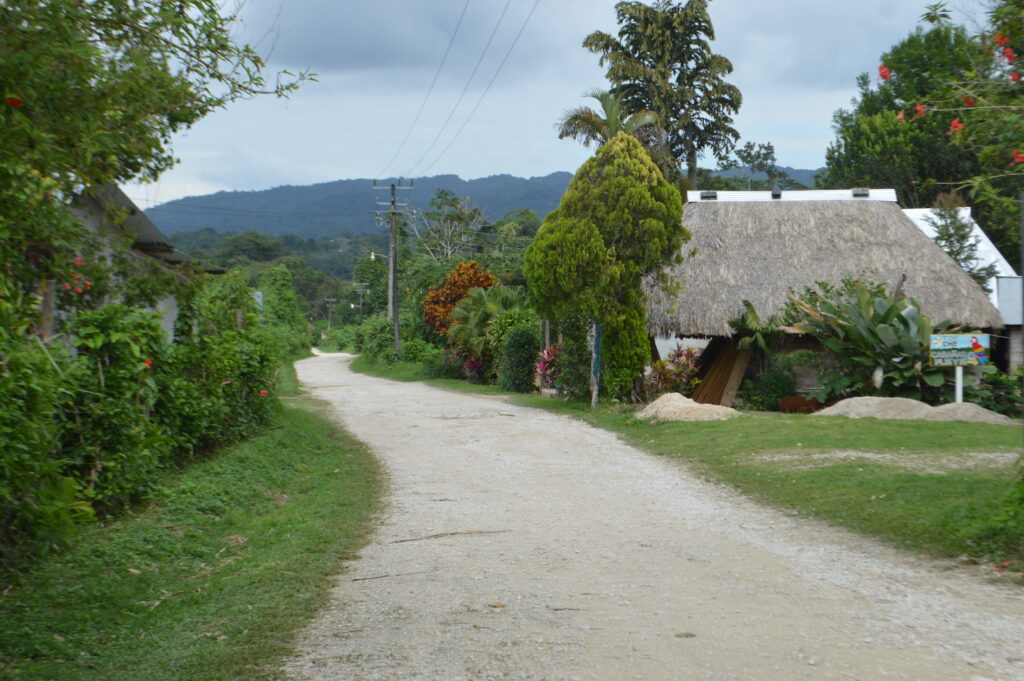
The Southern Lacandón we visited live in the village of Lacanhá Chan Sayab, near the ancient Mayan ruins of Bonampak. Estimates of the Lacandón population in the early 21st century varied from 300 to 1,000, though the number of Lacandón-language speakers was often cited as about 600. The Lacandón have preserved until recently a quite isolated and primitive way of life. They are farmers, growing corn, beans, squash, and tomatoes together in mixed plots. Other vegetables and fruits may also be grown in separate gardens. They also gather wild fruit, hunt game, and fish.
Historically the Lacandón were among the few Middle American Indian groups that successfully resisted the introduction of Roman Catholicism and preserved their traditional beliefs; however, by the 21st century, Protestantism had won many converts among the Lacandón, and the practice of traditional religion had virtually disappeared.
There is a Video on the Lacondon here.
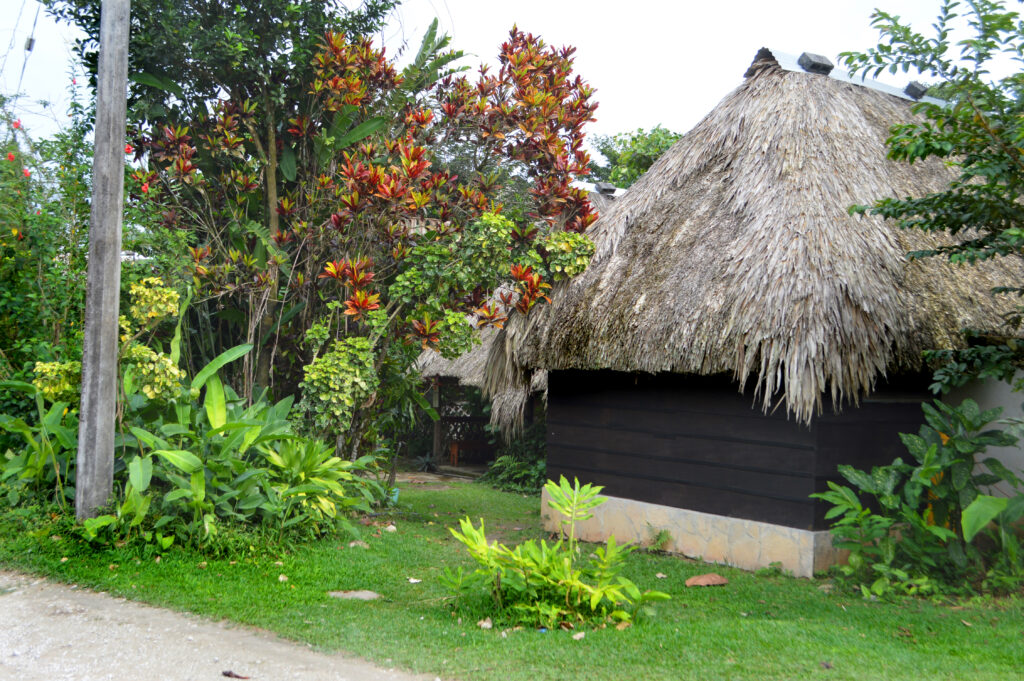
The village
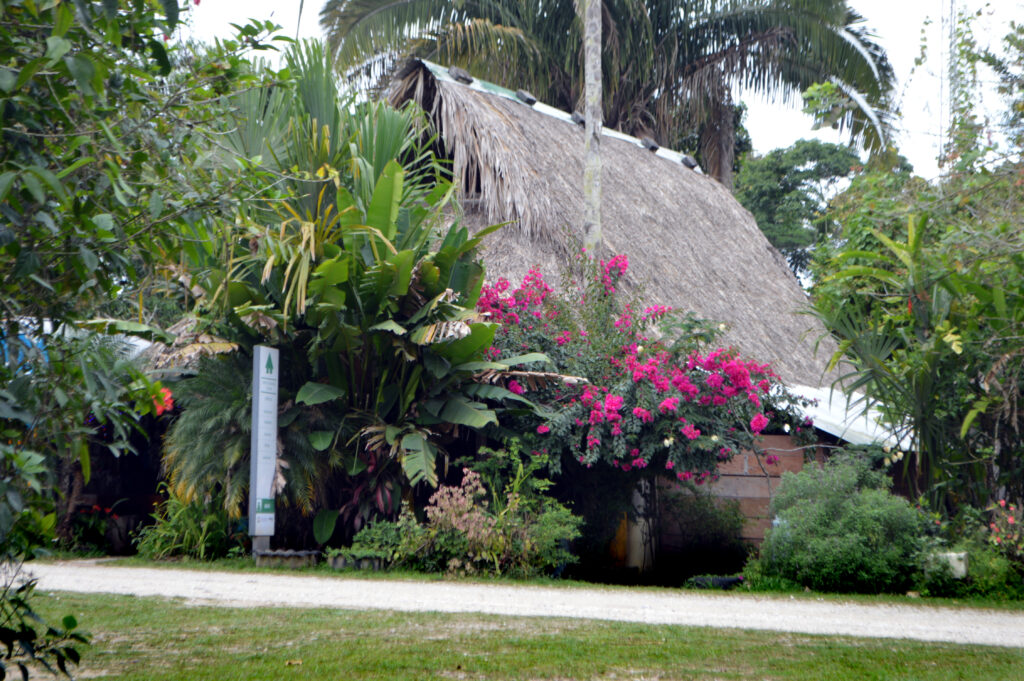
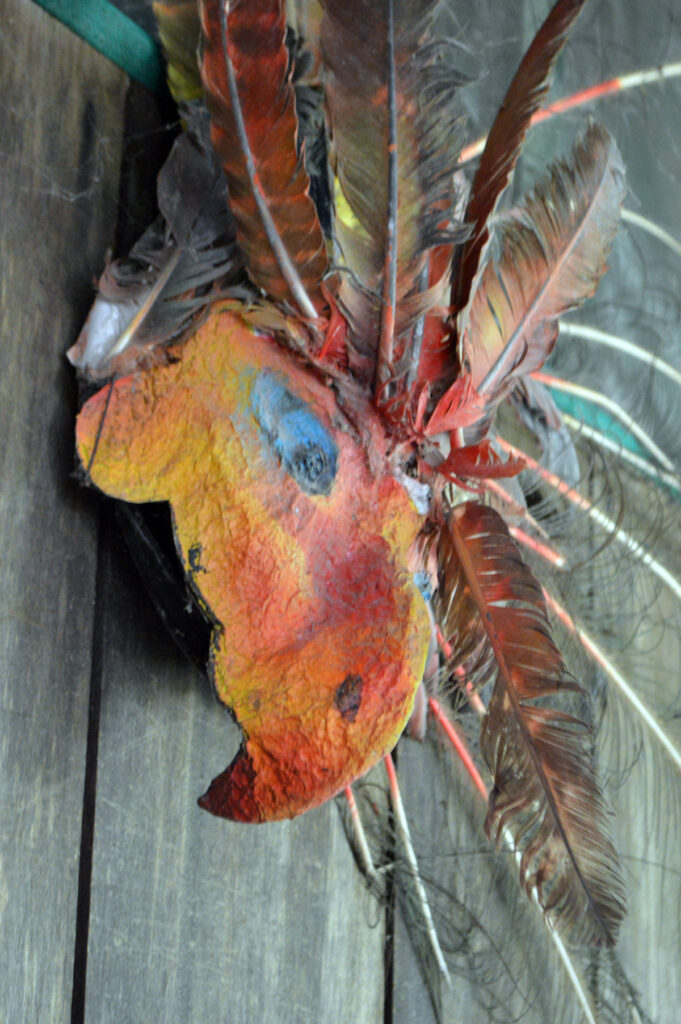
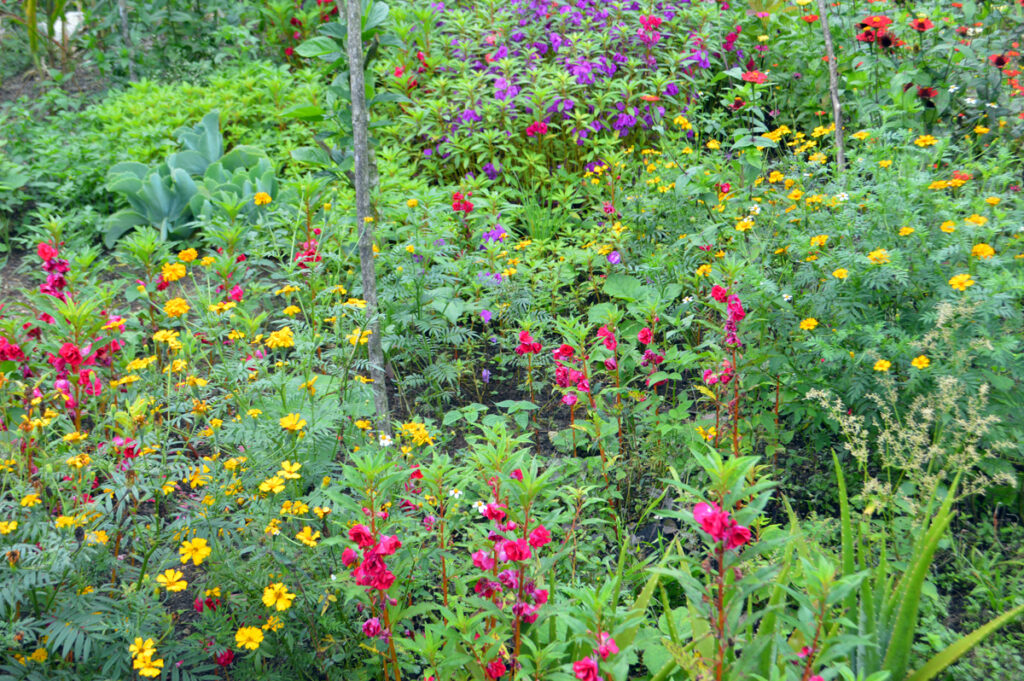
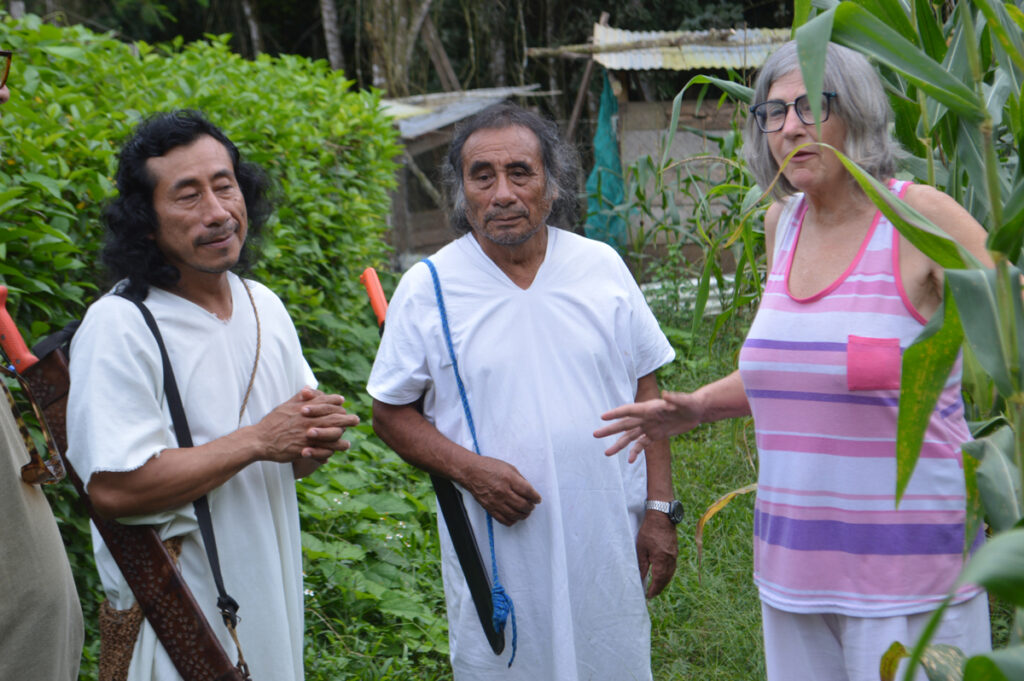
Enrique Chan Kin and his son Chambor Chan Kin (left) showed us a little of the forest and his farm within the forest.
He explained how the whole system from large to small works together. When this is forgotten all manner of disasters follow.
The Lacandon are descendants of the ancient Maya. Before the Conquest, the Lacandon dominated millions of hectares of these lands, but since the early 20th century other people, mostly Maya from other areas of Chiapas, have begun to colonize the forest. This has altered their lifestyle and worldview
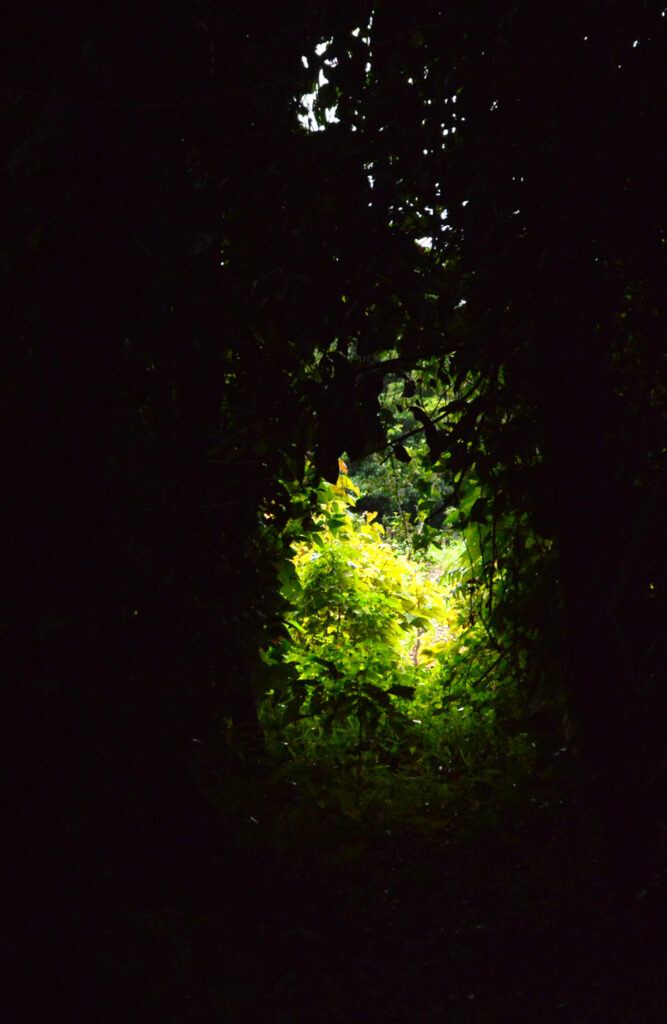
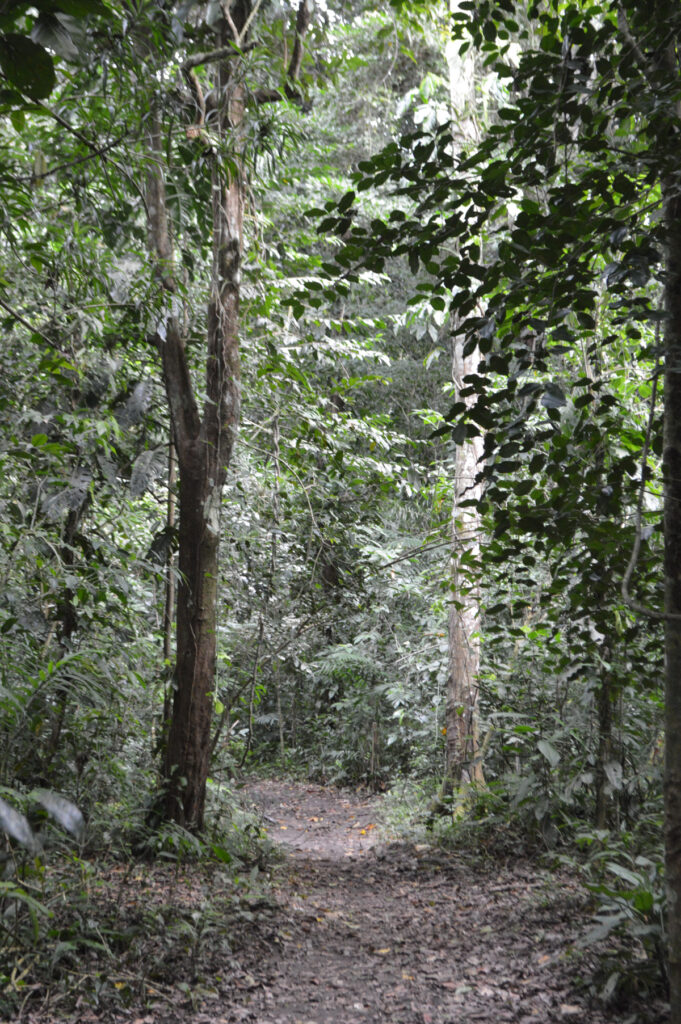
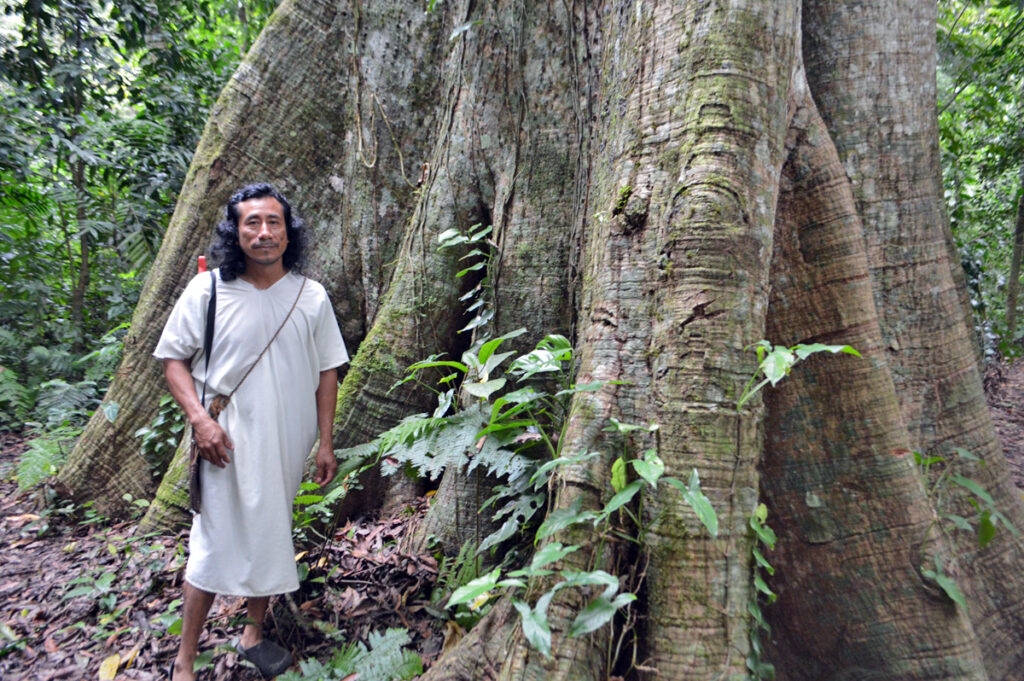
The Ceiba was and is, the most sacred tree for the Maya, and according to Maya mythology, it was the symbol of the universe.
The tree signified a route of communication between the three levels of earth. Its roots were said to reach down into the underworld, its trunk represented the middle world where the humans live, and its canopy of branches arched high in the sky symbolized the upper world and the thirteen levels in which the Maya heaven was divided.
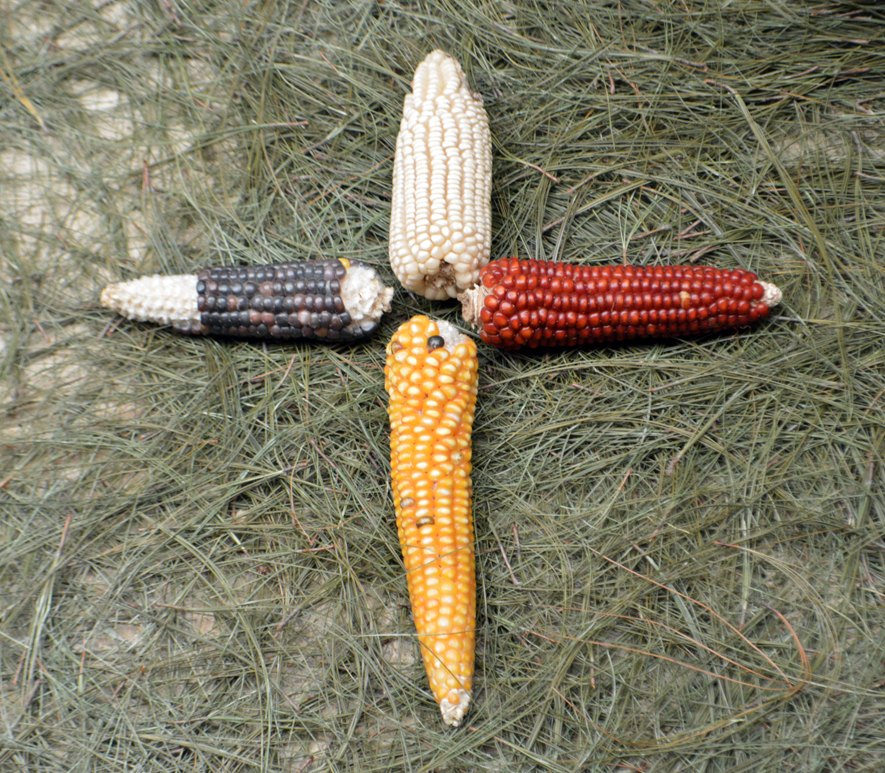
Above-According to the Maya, the world is a quincunx, consisting of four directional quadrants and a central space corresponding to the fifth direction. Colors associated with the quincunx are red in the east, white in the north, black in the west, yellow in the south, and green in the center.
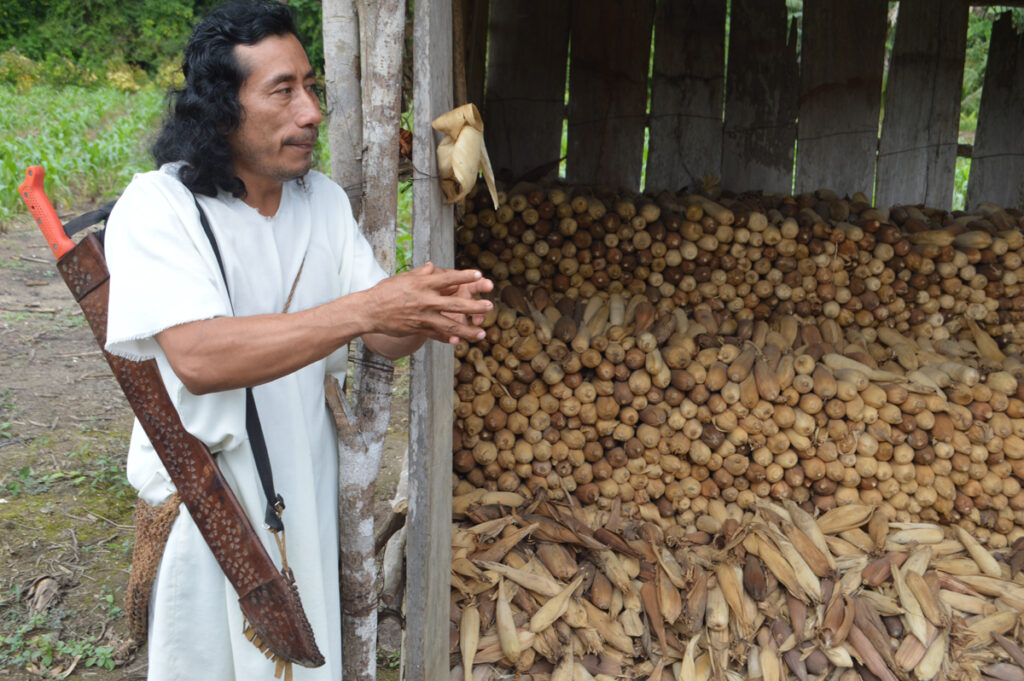
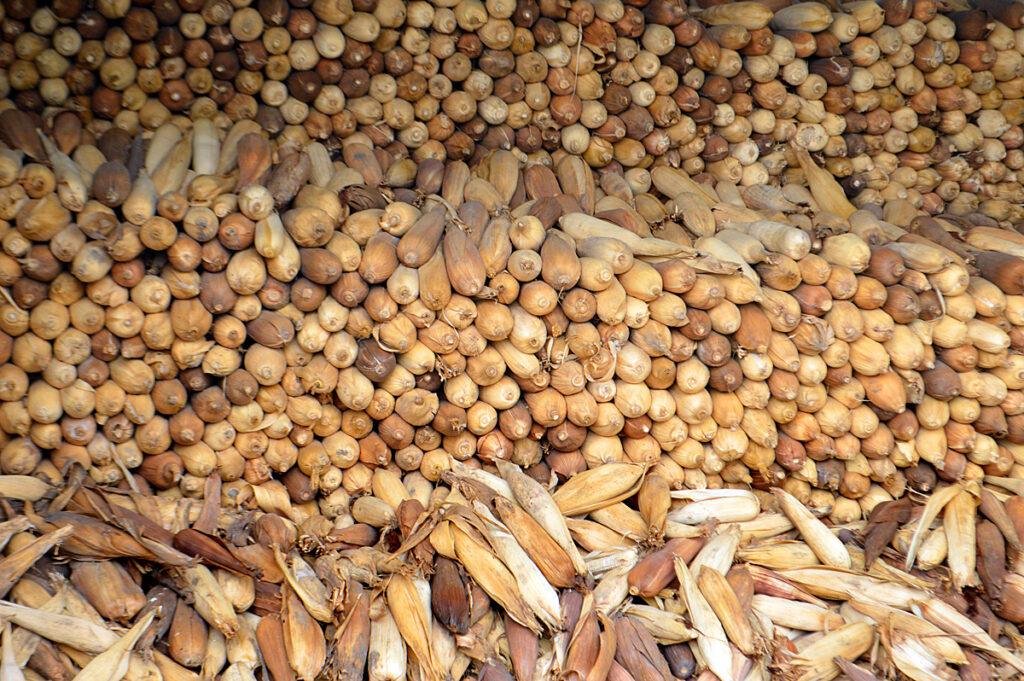
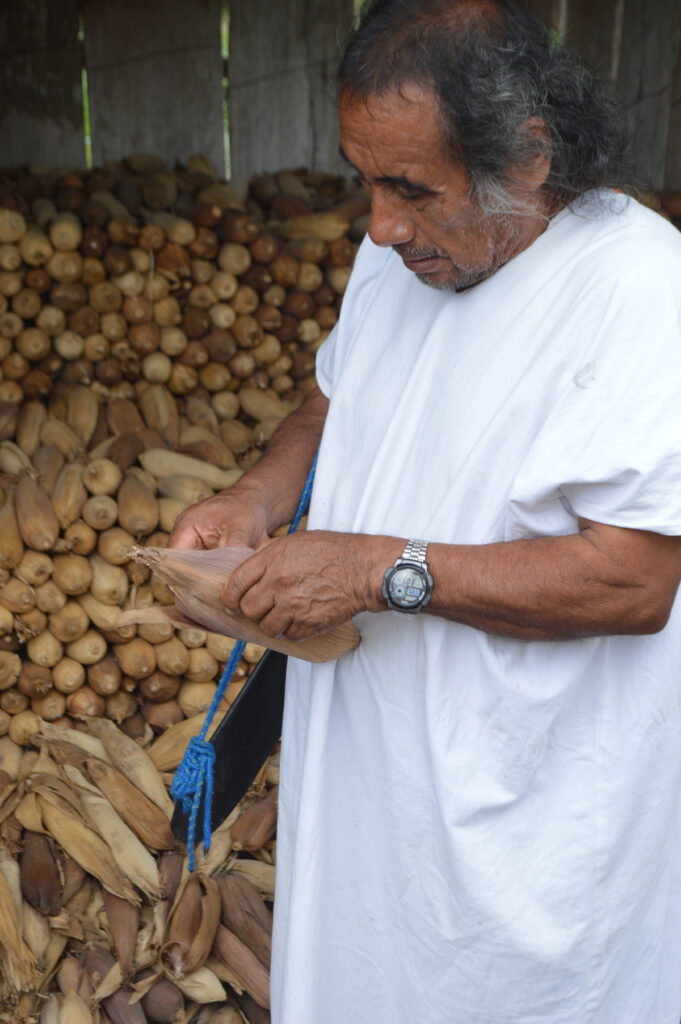
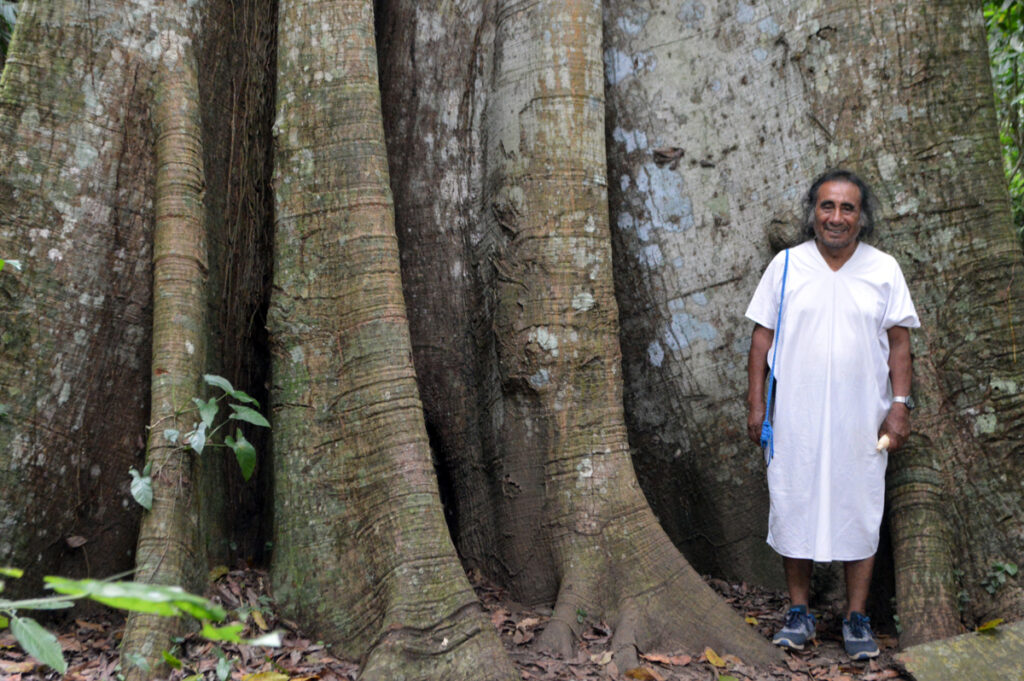
After visiting Enrique and Chambor we went on to nearby BONAMPAK
The site is approximately 20 miles south of the larger site Yaxchilan, under which Bonampak was a dependency.
It was first seen by non-Mayans in 1946. Precisely who was first of the non-Mayans to see it is a matter of speculation, but it was either two American travelers, Herman Charles (Carlos) Frey and John Bourne, or photographer/explorer Giles Healey.
The Americans were led to the ruins by the local Lacandon Maya who still visited the site to pray in the ancient temples.
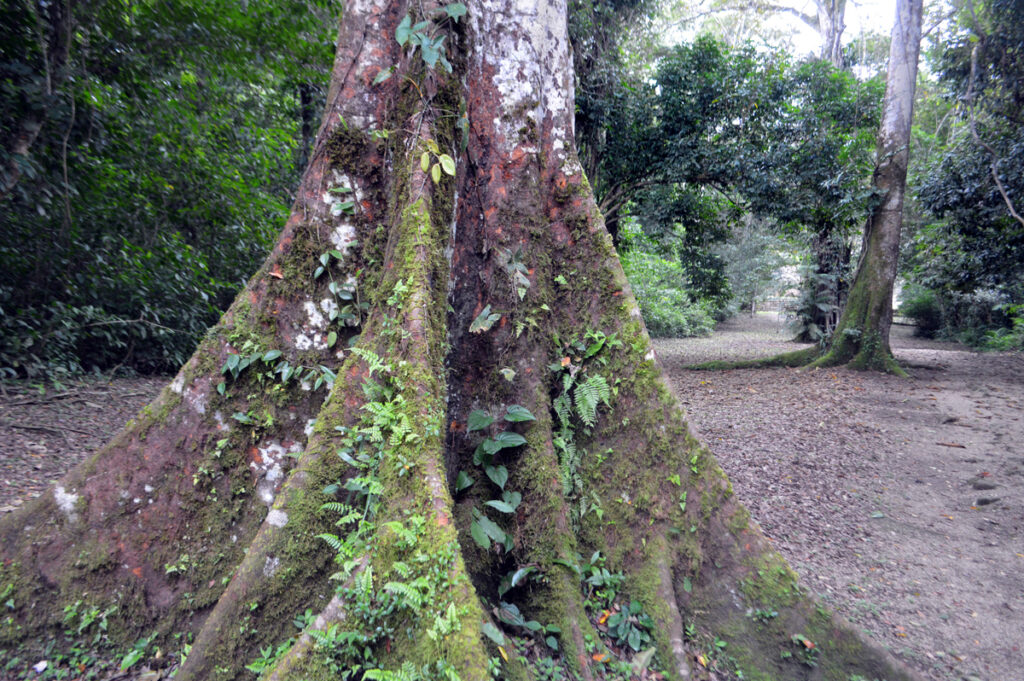
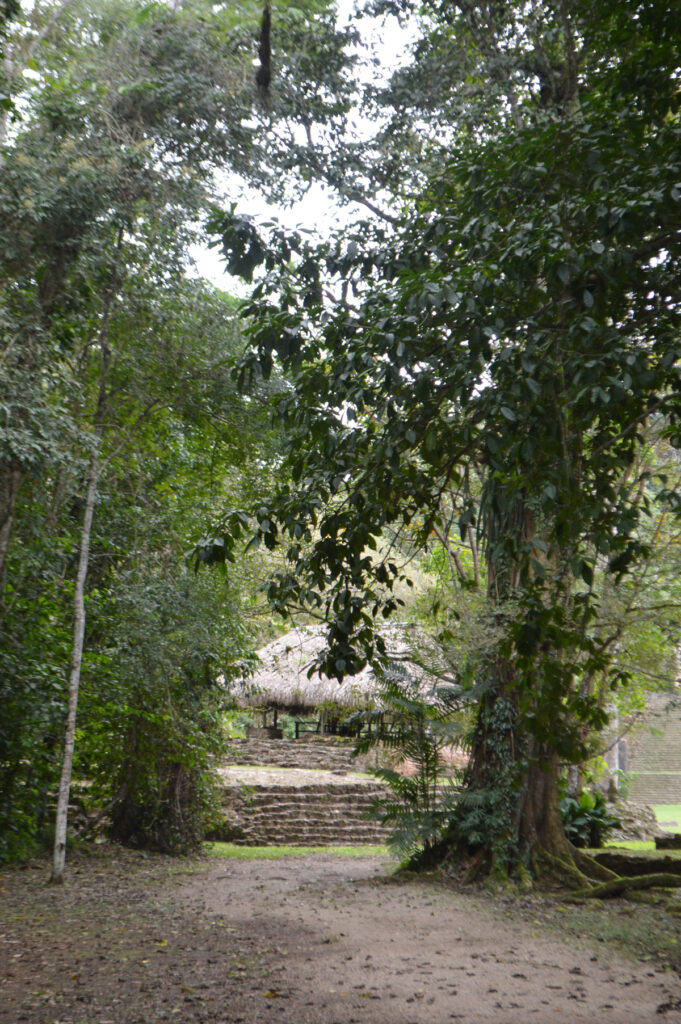
The construction of the site’s structures dates to the Late Classic period (c. AD 580 to 800).
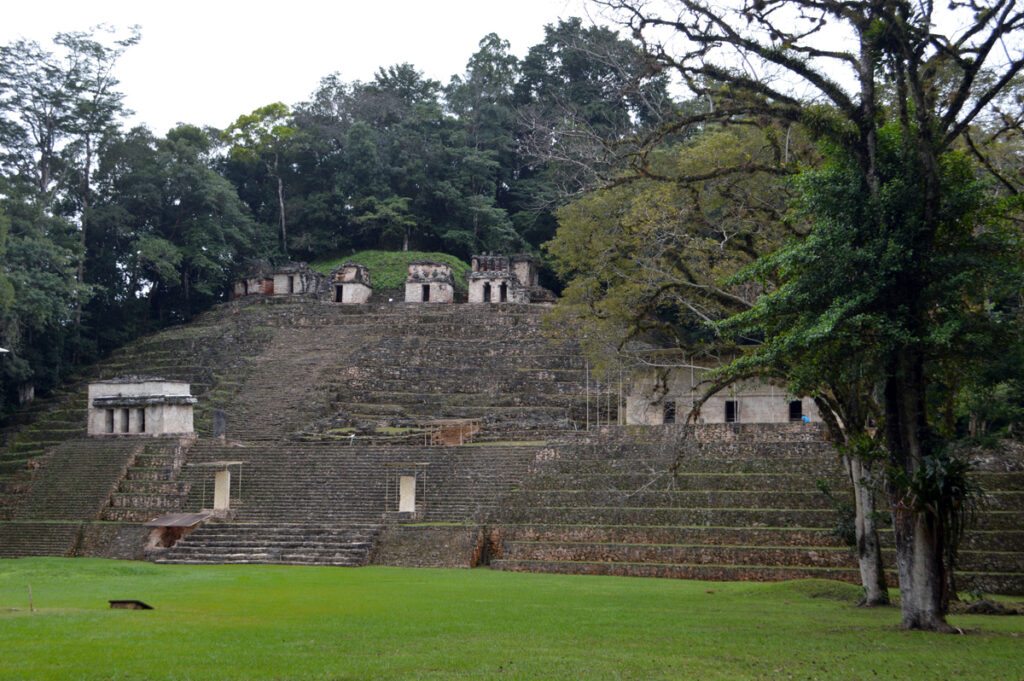
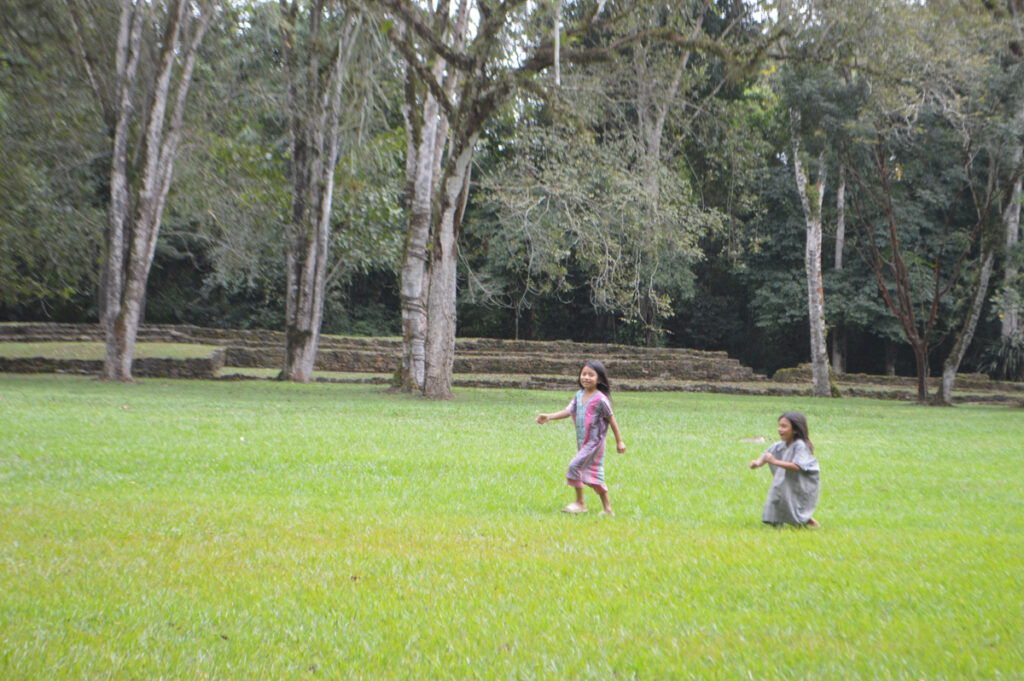
Only males wear the white garment.
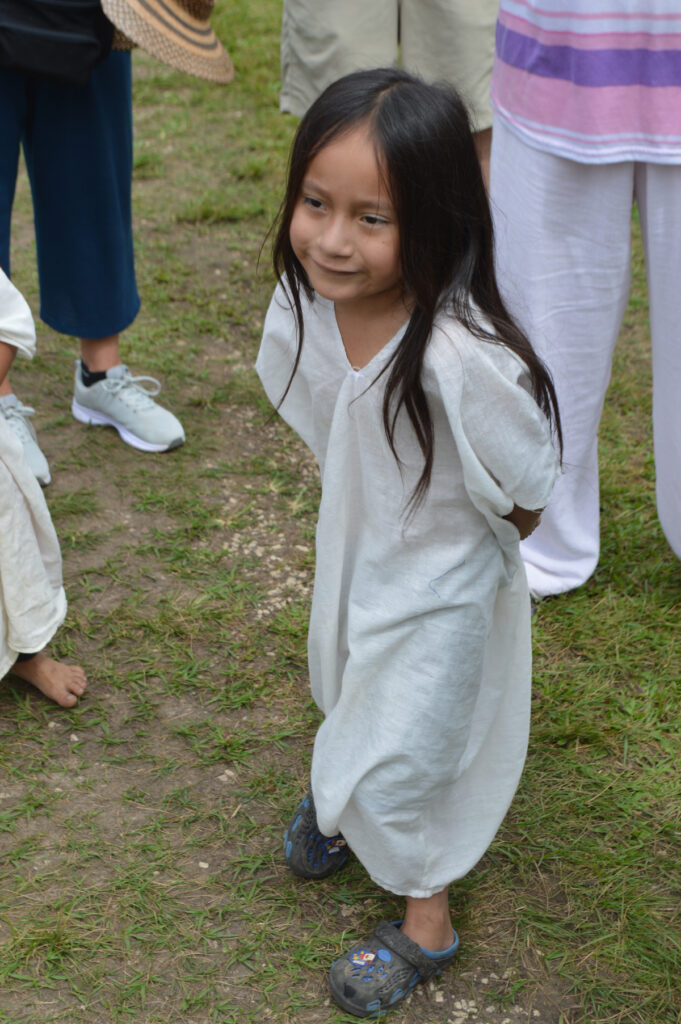
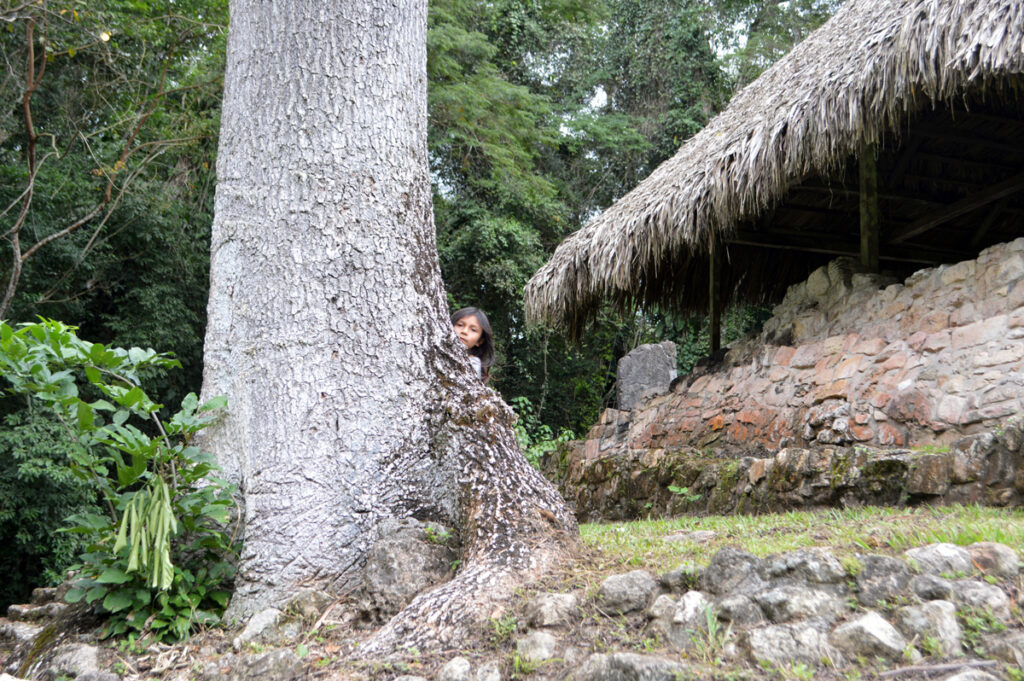
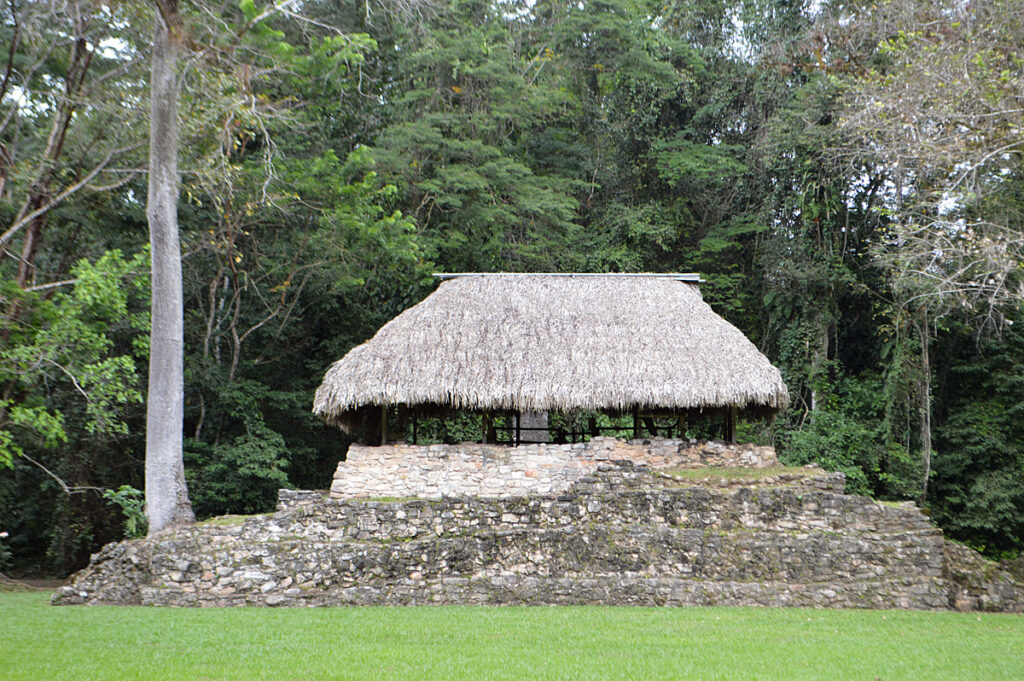
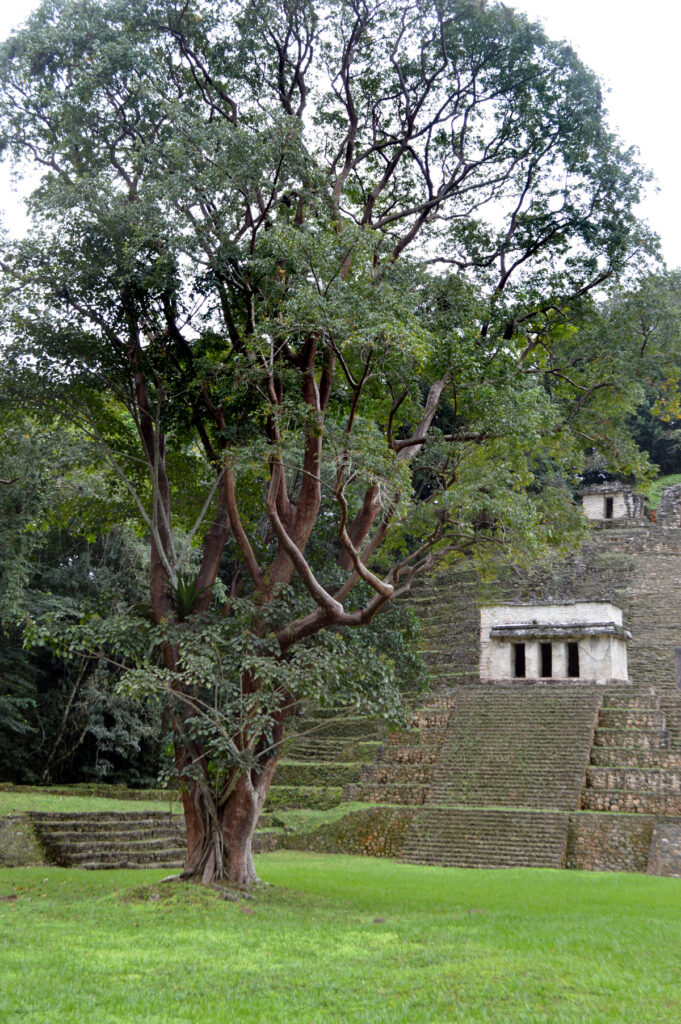
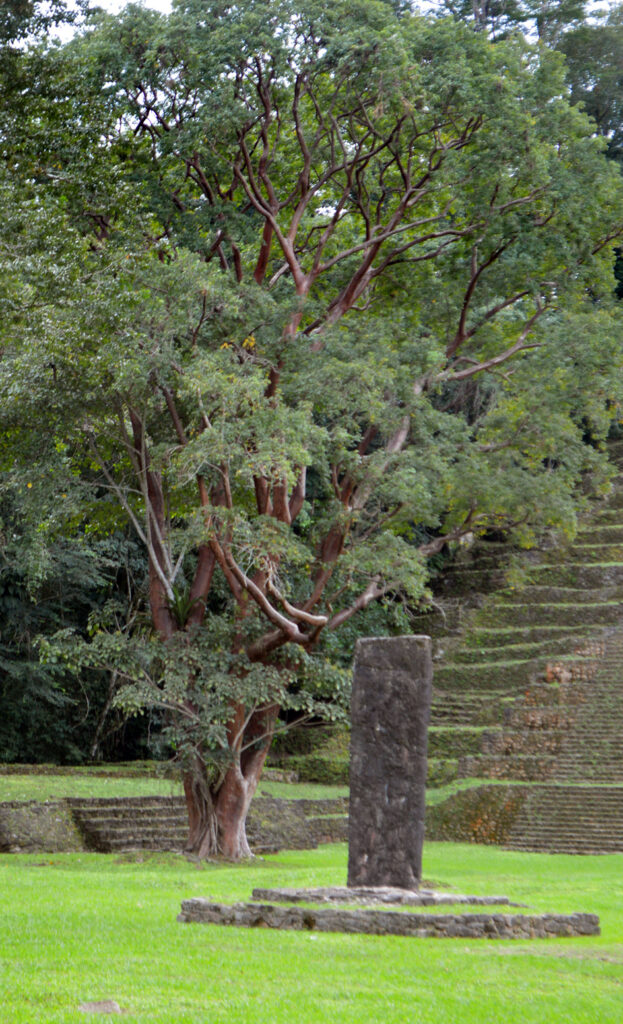
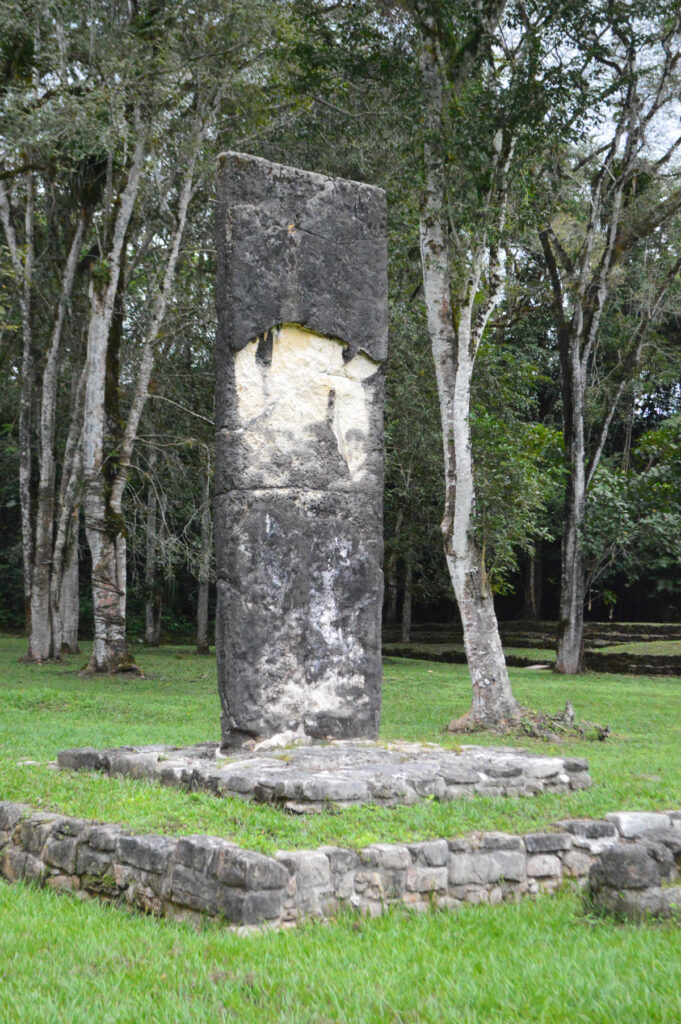
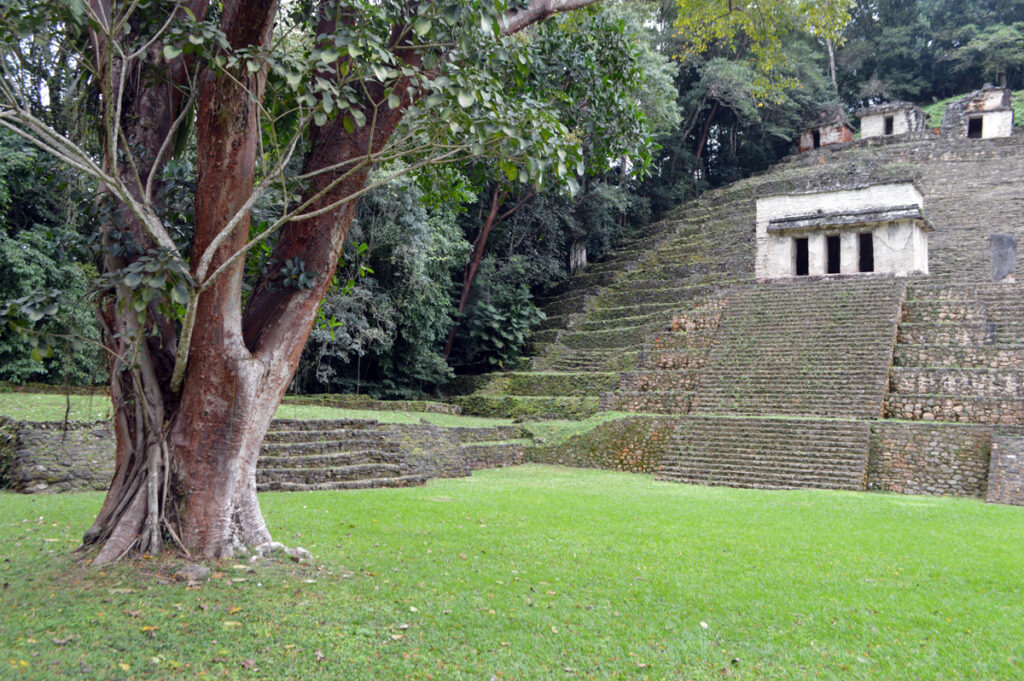
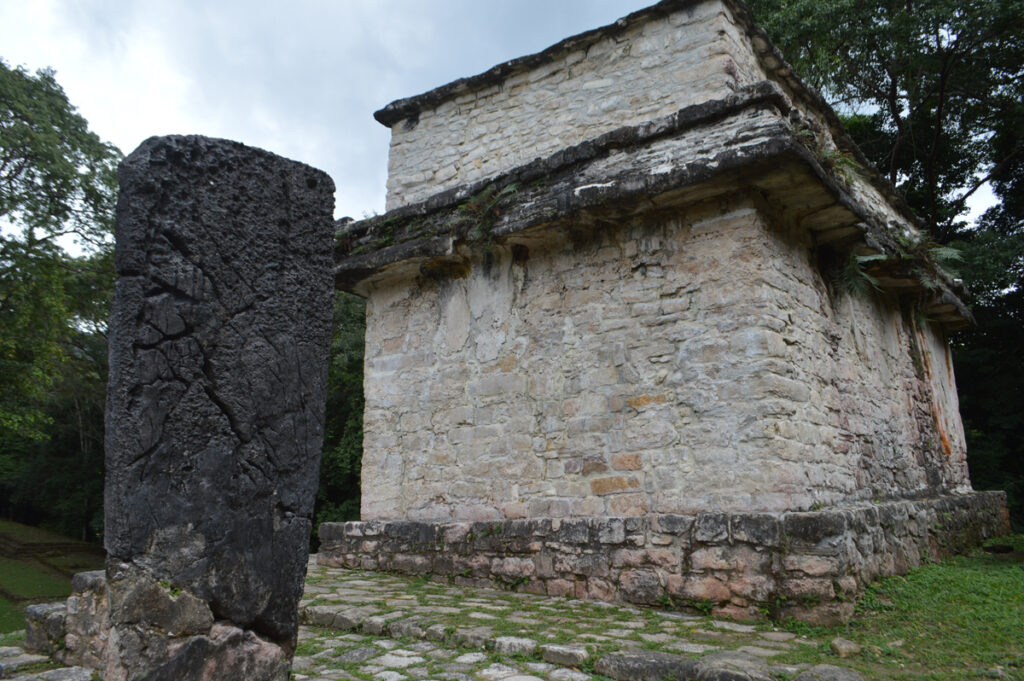
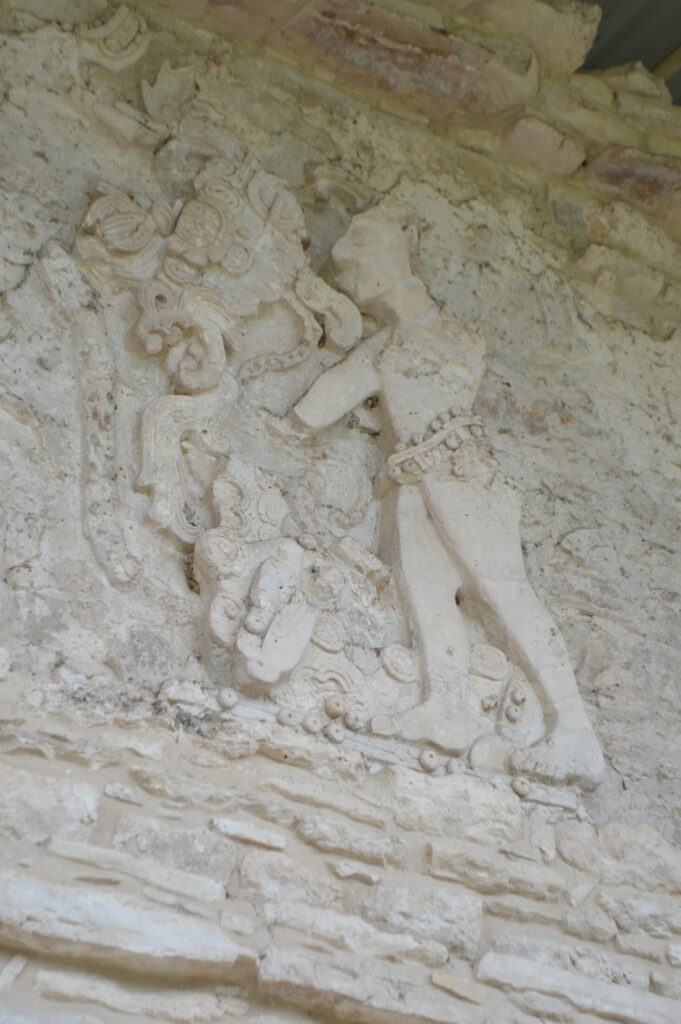
Bonanpak is well known for the murals located within the The Temple of the Murals. The murals are noteworthy for being among the best-preserved Maya murals in existence. The paintings show the story of a single battle and its victorious outcome
